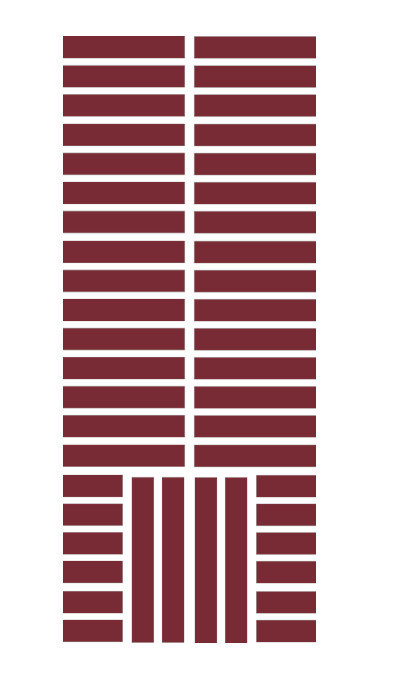Categoria:
Seminari di Modellistica Differenziale Numerica
Data e ora inizio evento:
Data e ora fine evento:
Aula:
Sala di Consiglio
Sede:
Dipartimento di Matematica Guido Castelnuovo, Università Sapienza Roma
Speaker:
Roberto Mecca, Technion, Haifa
Shape-from-Shading and Photometric Stereo are two fundamental problems in Computer Vision aimed at reconstructing surface depth given either a single image taken under a known light source or multiple images taken under different illuminations, respectively. Whereas the former utilizes partial differential equation (PDE) techniques to solve the image irradiance equation, the latter can be expressed as a linear system of equations in surface derivatives when 3 or more images are given. It therefore seems that current Photometric Stereo techniques do not extract all possible depth information from each image by itself. This paper utilizes PDE techniques for the solution of the combined Shape-from-Shading and Photometric Stereo problem when only 2 images are available. Extending our previous results on this problem, we consider the more realistic perspective projection of surfaces during the photographic process. Under these assumptions, there is a unique weak (Lipschitz continuous) solution to the problem at hand, solving the well known convex/concave ambiguity of the Shape-from-Shading problem. We propose two approximation schemes for the numerical solution of this problem, an Up-Wind finite difference scheme and a semi-Lagrangian scheme, and analyze their properties. We show that both schemes converge linearly and accurately reconstruct the original surfaces. Our results thus show that using methodologies common in the field of Shape-from-Shading it is possible to recover more depth information for the Photometric Stereo problem under the more realistic perspective projection assumption. Even an extension to more than 2 images will be presented. Starting from the 2 images basic model we generalise the linearisation process when several pictures are taken into account with the advantages to have a fast and direct method of surface reconstruction in hight resolution even in presence of shadows.

